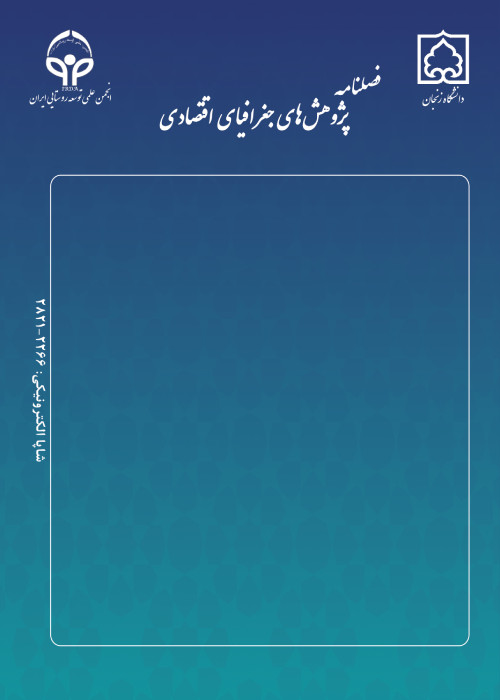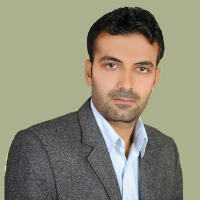An analysis of the structure and spatial-physical development of urban sprawl in Lamerd city
Author(s):
Article Type:
Research/Original Article (دارای رتبه معتبر)
Abstract:
Today, due to population growth and physical-structural development of cities, the structure and spatial form of urban development is of great importance and the compact city serves as a model for urban management and development of tomorrow's cities and smart growth. One of the factors of urban sustainability is the relationship between the shape and physical form of the city (spatial-physical structure). This article examines the situation and major indicators of sustainable city form and its dialectical relationship with other factors, and sheds some light on pros and cons of urban sprawl of Lamerd city (including its morphology, i.e. structure, form and spatial development of the city). This study, employing library study method of research, adopts descriptive-analytical and comparative approach to data collection. The data of the urban sprawl indicators are collected through cognitive, functional information and studying comprehensive and detailed plans of the city.. By reviewing the literature and using the necessary and effective parameters obtained through analyzing the urban density of Lamerd city, an attempt is made to explain the reasons behind the sprawl and extensive urban development of the city. In the end, the theories related to sustainable urban forms and morphology, their convergences and divergences, and finally the functional aspects and the implications of the theories in question for the city status are touched upon, concluding by making some suggestions. According to the studies and analyses conducted in 1345-85, the surface area and population of Lamerd city has increased about six and five times, respectively. During these years, the gross population density of the city has decreased from 131.3 people to 30.1 people per hectare. The lack of a sharp decrease in gross population density in different years indicates the excessive expansion of the city and the vacancy of many spaces and inactive urban areas and finally the horizontal, expanded, sprawl development of neighborhoods in Lamerd, bringing about urban unsustainability in optimal distribution of services and access to facilities for the city residents, and in a rise in infrastructural costs and energy waste. The net residential density in 1985 is 85.85 people per hectare and in 1995 the net residential density and population density are 73 and 29 people per hectare, respectively.
Keywords:
Language:
Persian
Published:
Journal of Economic geography research, Volume:1 Issue: 1, 2020
Pages:
33 to 46
magiran.com/p2214730
دانلود و مطالعه متن این مقاله با یکی از روشهای زیر امکان پذیر است:
اشتراک شخصی
با عضویت و پرداخت آنلاین حق اشتراک یکساله به مبلغ 1,390,000ريال میتوانید 70 عنوان مطلب دانلود کنید!
اشتراک سازمانی
به کتابخانه دانشگاه یا محل کار خود پیشنهاد کنید تا اشتراک سازمانی این پایگاه را برای دسترسی نامحدود همه کاربران به متن مطالب تهیه نمایند!
توجه!
- حق عضویت دریافتی صرف حمایت از نشریات عضو و نگهداری، تکمیل و توسعه مگیران میشود.
- پرداخت حق اشتراک و دانلود مقالات اجازه بازنشر آن در سایر رسانههای چاپی و دیجیتال را به کاربر نمیدهد.
In order to view content subscription is required
Personal subscription
Subscribe magiran.com for 70 € euros via PayPal and download 70 articles during a year.
Organization subscription
Please contact us to subscribe your university or library for unlimited access!




